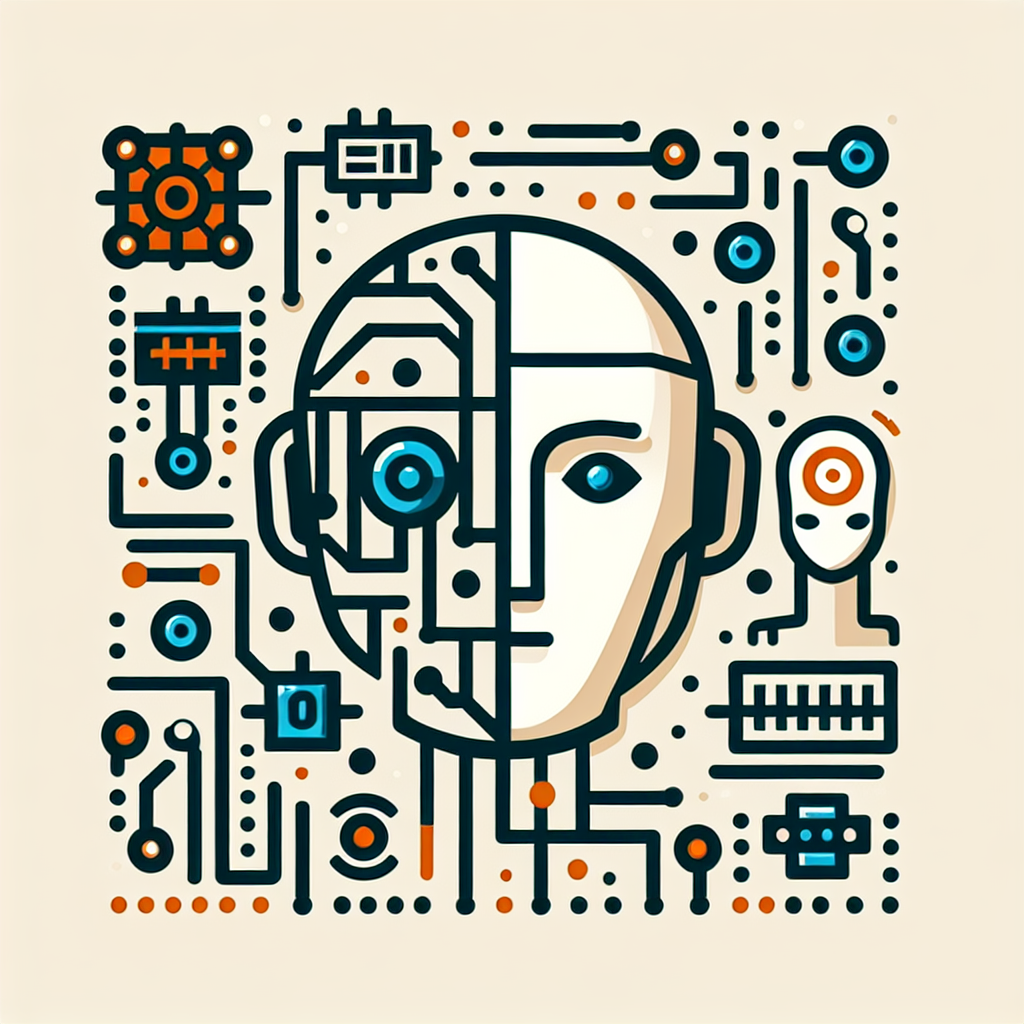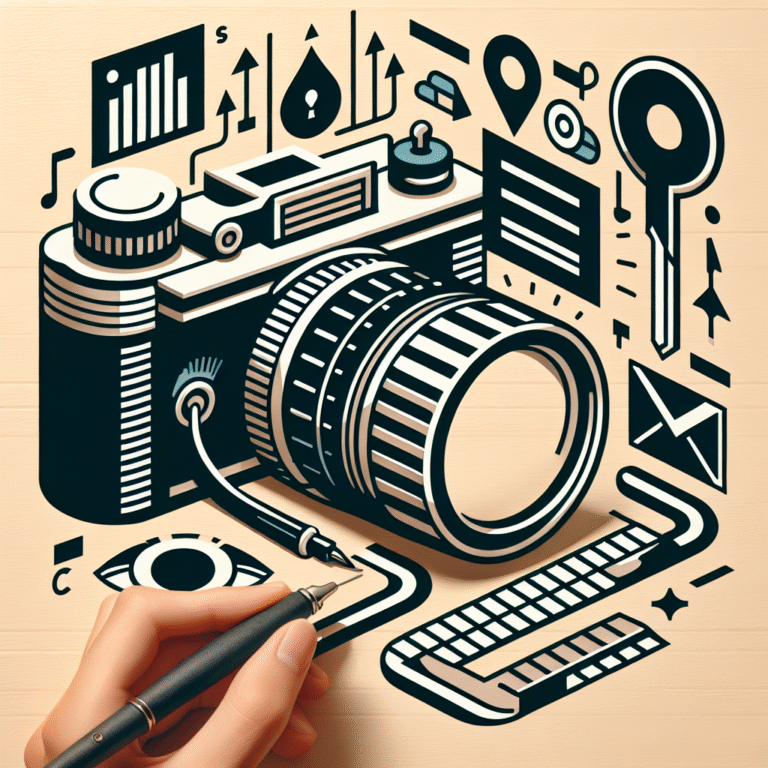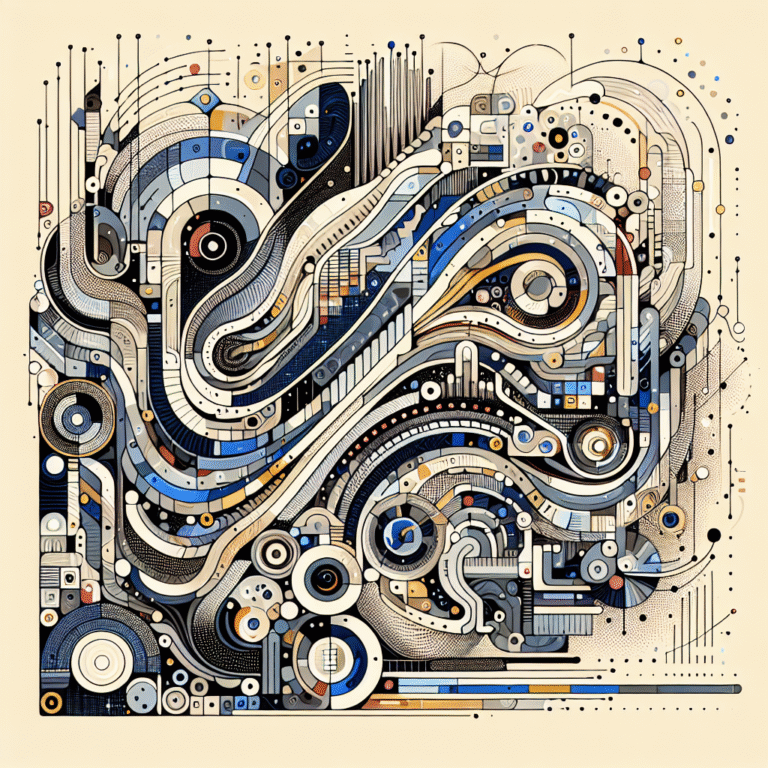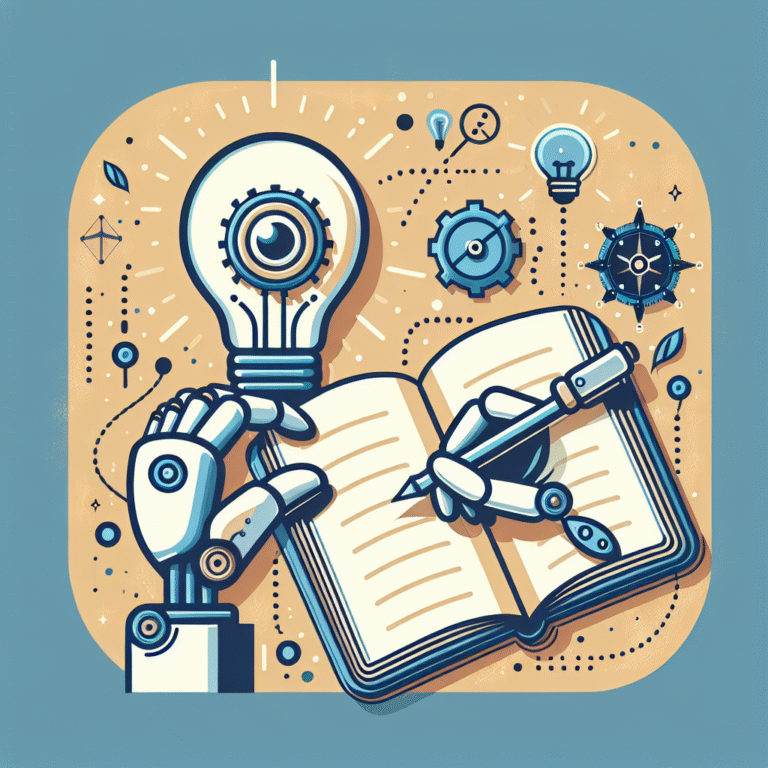Image to Prompt AI: Revolutionizing Content Creation
p>Image to prompt AI is a revolutionary technology that has been gaining popularity in recent years. This technology allows users to generate text prompts based on images, which can be used for a variety of applications such as content creation, image description, and even art generation. The process of image to prompt AI involves the use of deep learning algorithms that are trained on large datasets of images and text prompts. These algorithms learn to recognize patterns and relationships between images and text, allowing them to generate accurate and relevant text prompts based on input images. One of the key benefits of image to prompt AI is its ability to automate content creation, which can save time and increase productivity for content creators. For example, a social media manager can use image to prompt AI to generate captions for images, which can help to increase engagement and reach a wider audience.How Image to Prompt AI Works

The process of image to prompt AI involves several steps, including image analysis, feature extraction, and text generation. The first step is image analysis, which involves the use of computer vision algorithms to analyze the input image and extract relevant features such as objects, colors, and textures. These features are then used to train a deep learning model that can generate text prompts based on the input image. The deep learning model is typically a neural network that consists of multiple layers, including convolutional layers, recurrent layers, and fully connected layers. The convolutional layers are used for feature extraction, while the recurrent layers are used for text generation. The fully connected layers are used to connect the input image to the output text prompt.Image Analysis and Feature Extraction
The first step in the image to prompt AI process is image analysis and feature extraction. This involves the use of computer vision algorithms to analyze the input image and extract relevant features such as objects, colors, and textures. There are several techniques that can be used for image analysis and feature extraction, including convolutional neural networks (CNNs), region-based CNNs (R-CNNs), and transfer learning. CNNs are a type of neural network that are designed to process data with grid-like topology, such as images. R-CNNs are a type of CNN that are designed to detect objects in images and extract features from those objects. Transfer learning involves the use of pre-trained models that have been trained on large datasets of images and fine-tuning them on a specific task.Text Generation and Post-processing
Once the features have been extracted from the input image, the next step is text generation and post-processing. This involves the use of a deep learning model to generate a text prompt based on the input image and features. The deep learning model is typically a neural network that consists of multiple layers, including recurrent layers and fully connected layers. The recurrent layers are used for text generation, while the fully connected layers are used to connect the input image to the output text prompt. After the text prompt has been generated, it can be post-processed to improve its quality and accuracy. This can involve techniques such as spell-checking, grammar-checking, and fluency evaluation.Applications of Image to Prompt AI

Image to prompt AI has a wide range of applications, including content creation, image description, and art generation. One of the key benefits of image to prompt AI is its ability to automate content creation, which can save time and increase productivity for content creators. For example, a social media manager can use image to prompt AI to generate captions for images, which can help to increase engagement and reach a wider audience. Image to prompt AI can also be used for image description, which can help to improve accessibility for visually impaired individuals. Additionally, image to prompt AI can be used for art generation, which can help to create new and innovative forms of art.Content Creation and Social Media
One of the key applications of image to prompt AI is content creation and social media. Social media managers can use image to prompt AI to generate captions for images, which can help to increase engagement and reach a wider audience. For example, a social media manager can use image to prompt AI to generate a caption for an image of a product, which can help to increase sales and drive traffic to a website. Image to prompt AI can also be used for social media advertising, which can help to increase the effectiveness of ad campaigns. Here are some benefits of using image to prompt AI for content creation and social media:
Step-by-Step Guide to Using Image to Prompt AI
Using image to prompt AI is a straightforward process that involves several steps. Here is a step-by-step guide to using image to prompt AI:
Comparison of Image to Prompt AI Models

There are several image to prompt AI models that are available, each with its own strengths and weaknesses. Here is a comparison of some of the most popular image to prompt AI models:
| Model | Accuracy | Speed | Cost |
|---|---|---|---|
| Model A | 90% | Fast | $100 |
| Model B | 85% | Medium | $50 |
| Model C | 80% | Slow | $20 |
Conclusion
In conclusion, image to prompt AI is a powerful technology that has a wide range of applications, including content creation, image description, and art generation. The process of image to prompt AI involves the use of deep learning algorithms that are trained on large datasets of images and text prompts. These algorithms learn to recognize patterns and relationships between images and text, allowing them to generate accurate and relevant text prompts based on input images. Image to prompt AI has the potential to revolutionize the way we create content, and its applications are vast and varied. Whether you are a content creator, social media manager, or artist, image to prompt AI is definitely worth exploring. Here are some key takeaways from this article:
Overall, image to prompt AI is a technology that is worth exploring, and its potential applications are vast and varied. Whether you are a content creator, social media manager, or artist, image to prompt AI can help you to create new and innovative forms of content. With its ability to automate content creation and improve productivity, image to prompt AI is definitely a technology that is worth considering.Future of Image to Prompt AI
The future of image to prompt AI is exciting and uncertain. As the technology continues to evolve, we can expect to see new and innovative applications of image to prompt AI. One potential application is the use of image to prompt AI for virtual reality and augmented reality experiences. This could involve the use of image to prompt AI to generate text prompts that are relevant to the user’s environment and actions. Another potential application is the use of image to prompt AI for accessibility purposes. This could involve the use of image to prompt AI to generate text prompts that are relevant to visually impaired individuals, such as image descriptions and navigation instructions.In addition to these applications, we can also expect to see improvements in the accuracy and speed of image to prompt AI models. This could involve the use of new architectures and training methods, such as transfer learning and meta-learning. As the technology continues to evolve, we can expect to see new and innovative applications of image to prompt AI, and its potential to revolutionize the way we create content and interact with images.Here are some potential future developments in image to prompt AI:
Overall, the future of image to prompt AI is exciting and uncertain, and its potential to revolutionize the way we create content and interact with images is vast and varied. As the technology continues to evolve, we can expect to see new and innovative applications of image to prompt AI, and its potential to improve productivity and automate content creation.In conclusion, image to prompt AI is a powerful technology that has the potential to revolutionize the way we create content and interact with images. Its applications are vast and varied, and its potential to improve productivity and automate content creation is significant. As the technology continues to evolve, we can expect to see new and innovative applications of image to prompt AI, and its potential to improve the way we live and work is vast and varied. Whether you are a content creator, social media manager, or artist, image to prompt AI is definitely worth exploring, and its potential to improve your productivity and creativity is significant.





